10 interior design trends for 2025 to level up your space
The latest interior design trends will help you refresh your home to match the year's hottest designs

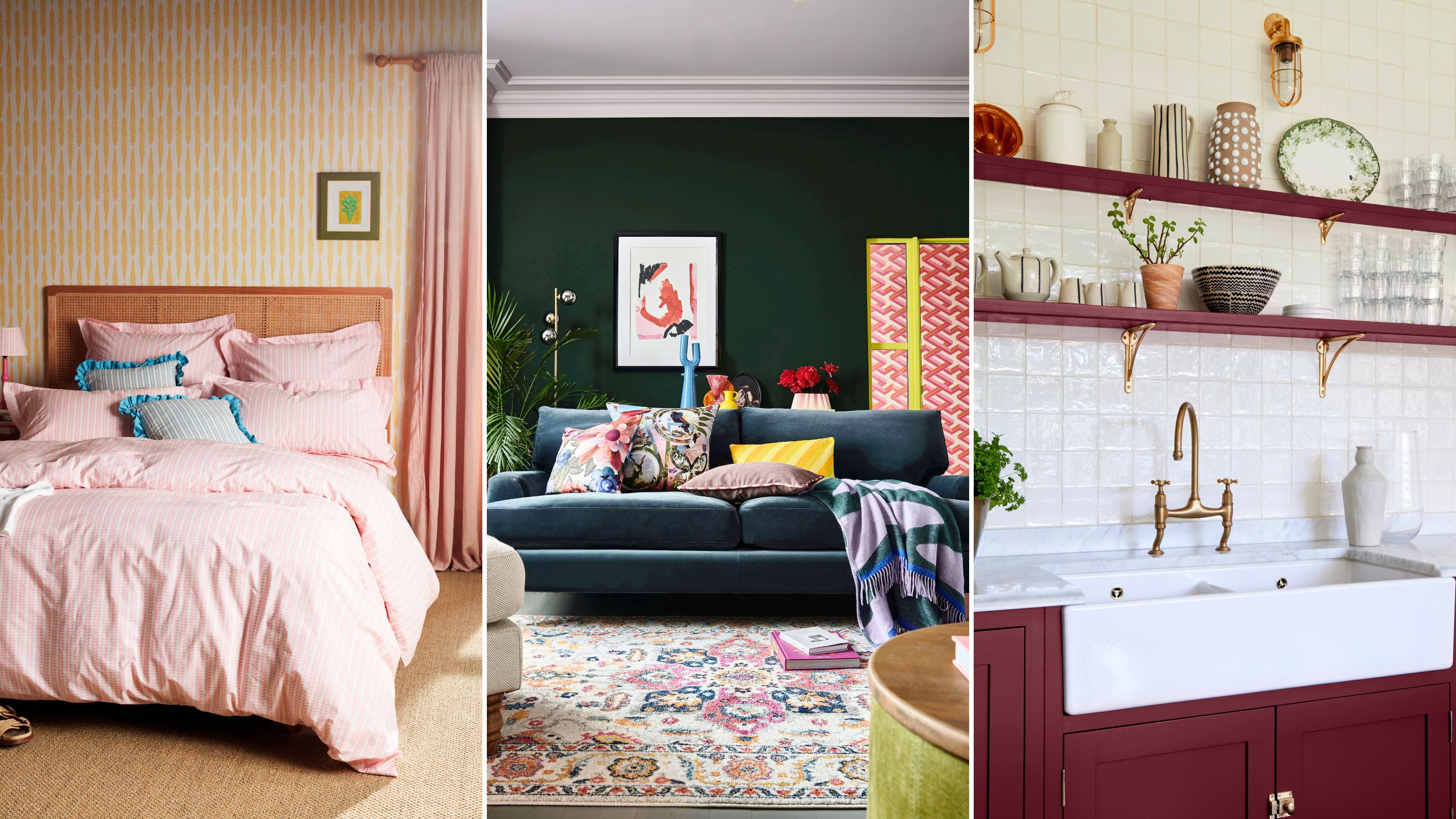
Having interior design trends in mind when decorating will help you give your place a refresh for the year ahead.
We've spoken with interior designers to find out what they have on their radar, why they're in love with them, and how to decorate with these in mind. Affordable luxury and sustainability are just two of the trends to watch out for.
Keeping an eye out for the latest small space design trends? These are the design styles and colors you should be scoping out.
2025 interior design trends
These are the small space decorating ideas that you can count on seeing everywhere this year.
We've also shopped matching buys throughout, in case you want to get styling with these trends ASAP.
The prices below were correct at the time of publishing this article.
1. Sustainable design
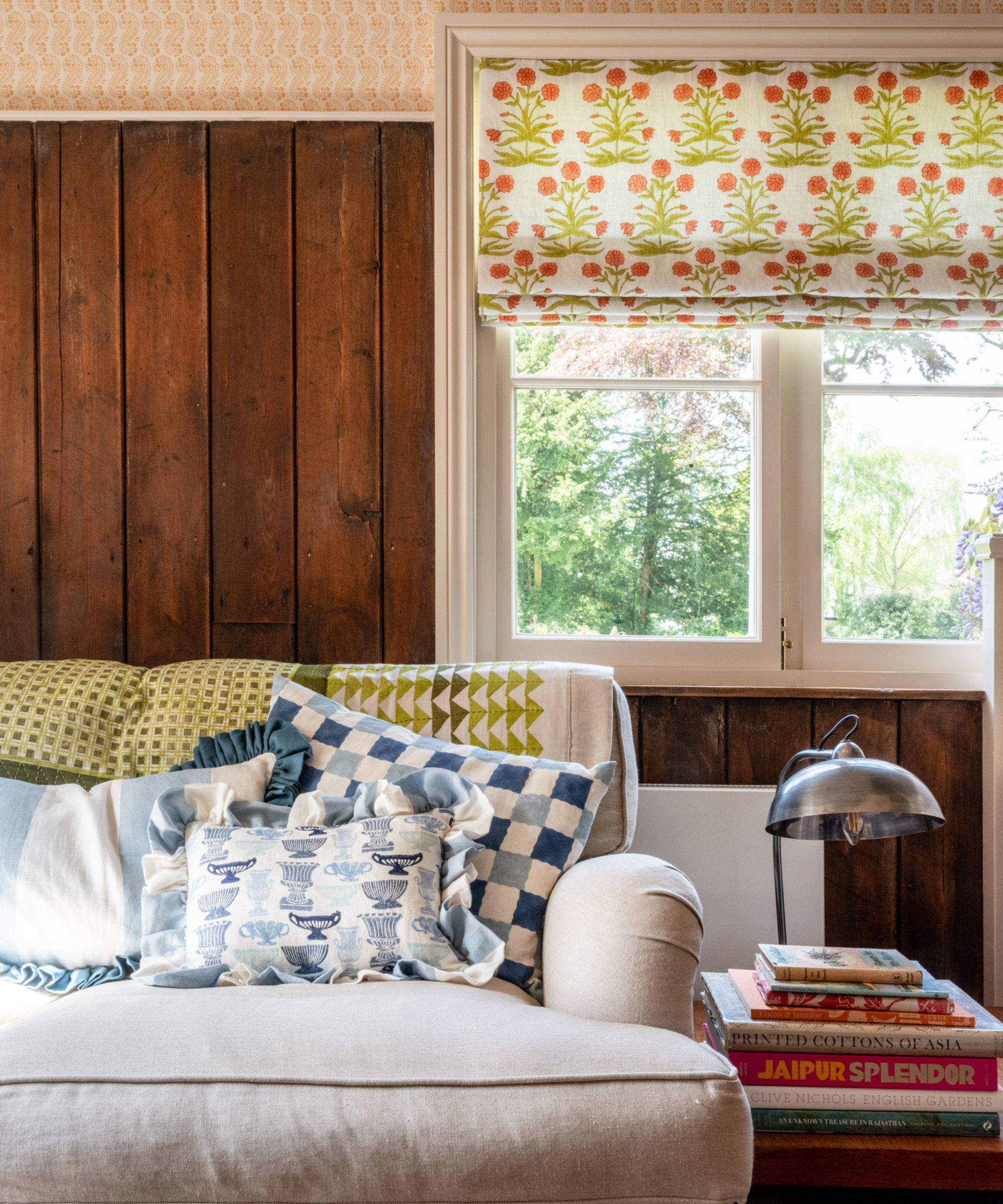
We’re all about sustainable style choices here at Real Homes, so we're thrilled to see vintage-style decor take the spotlight in 2024.
Get small space home decor ideas, celeb inspiration, DIY tips and more, straight to your inbox!
“In a world where individuality and character are highly valued, there's no better way to achieve a well-designed look than by incorporating vintage furniture and decor into interior spaces,” says Heather Knight-Willcock, interior designer at Heather KW Styles and expert for ShopGoodwill.com.
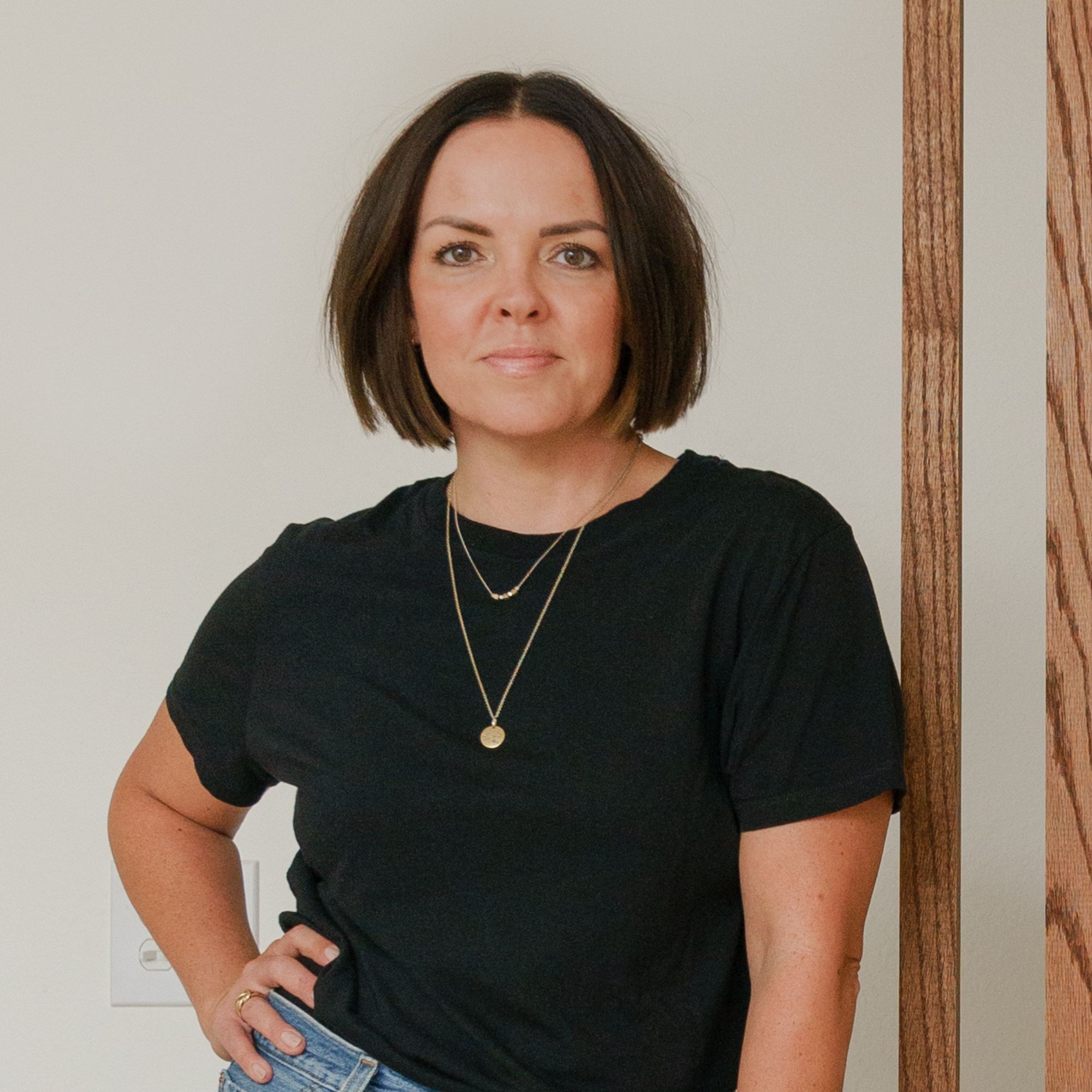
Heather Knight-Willcock is an interior designer based in Southern California. Her refined, approachable style has earned her a reputation for creating engaging and inspiring residential and commercial spaces. She is a huge fan of decorating with vintage pieces to give her rooms a sustainable finish.
She says, “If you do not have any incredible heritage pieces then shopping secondhand not only adds a touch of history to a room, but also promotes sustainability and reduces the environmental impact of fast furniture.”
We recommend heading to secondhand furniture stores and thrift shops to find your latest beauty. You could always learn how to upcycle a furniture piece to give it a new lease of life, too.
Or, if you're in the market for something new, retro lampshades have a vintage look and are oh-so-chic.
2. Natural elements

The outside world is officially going to make its way inside in 2025, with nature-inspired textures and the best indoor plants.
“From natural, raw wood and stone on furnishings, floorings and cabinets to woven elements and natural textiles such as linen and cotton, nature’s finest materials are go-to's this year,” explains Kim Riley, lead designer and principal at House of Henry Interiors.
These are also being brought in through fruit motifs, such as with the Amalficore trend that is filled with plenty of lemons.
Or, keep it classic with neutral tones, such as the brown trend that's making waves this year, which is also a major summer color trend this year.

Kim is the lead designer and principal at House of Henry Interiors. After being a Realtor for 14 years, she discovered her true passion for Interior Design. She returned to the Atlanta area and decided to follow her passion full time & enrolled at The University of Georgia to pursue her education in Interior Design. Kimmie designs homes on both the east and west coasts and works tirelessly to dazzle her clients.
She adds, “Large windows and skylights will allow natural light to stream in, allowing green plants to have their moment in the sun.”
This peaceful aesthetic will be appealing to many who are looking to create calm in their homes.
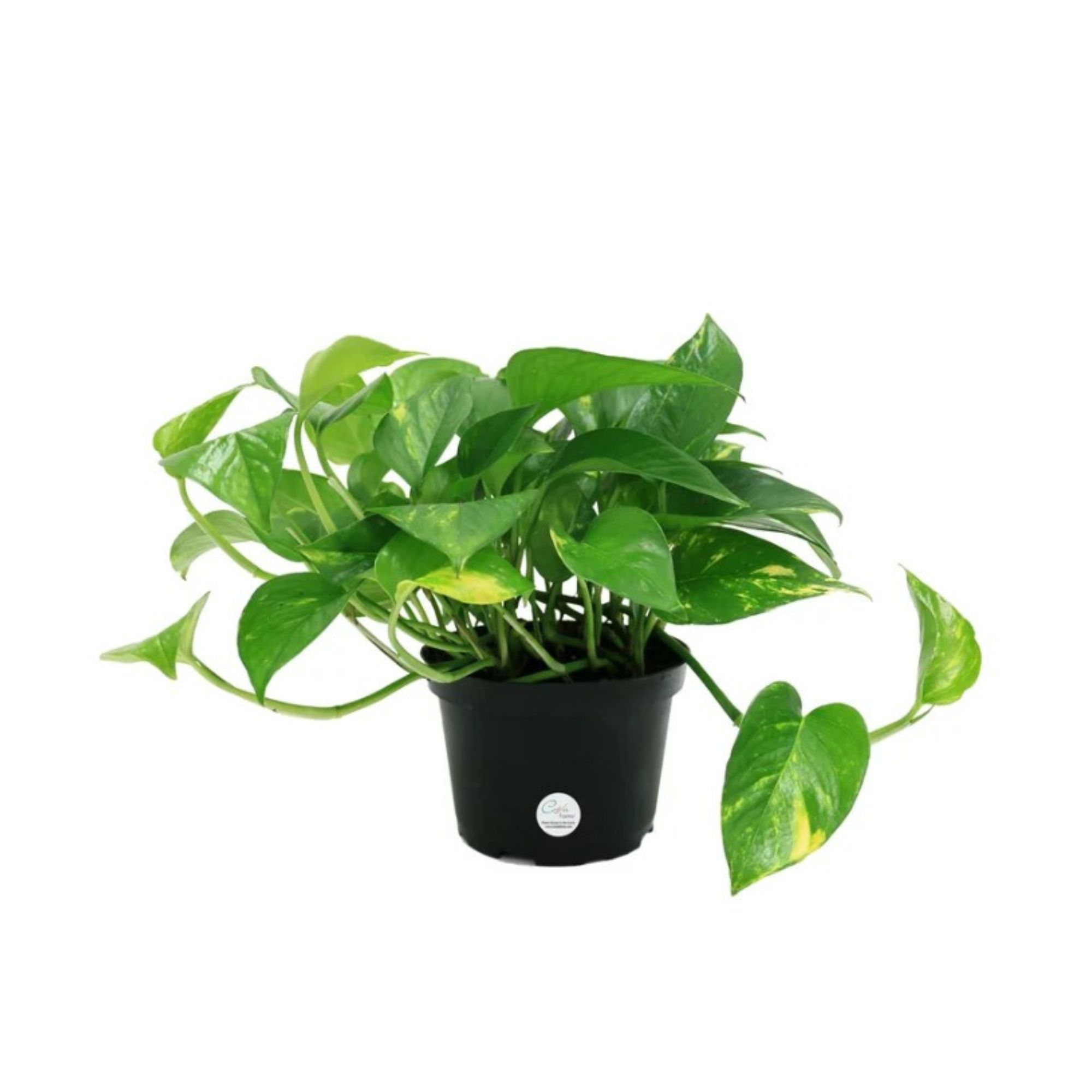
Size (in.): H10 x W9 x L9
Made from: Natural materials
Price: $19.97
Many of the Real Homes team have this plant at home and confirm it's a breeze to maintain.
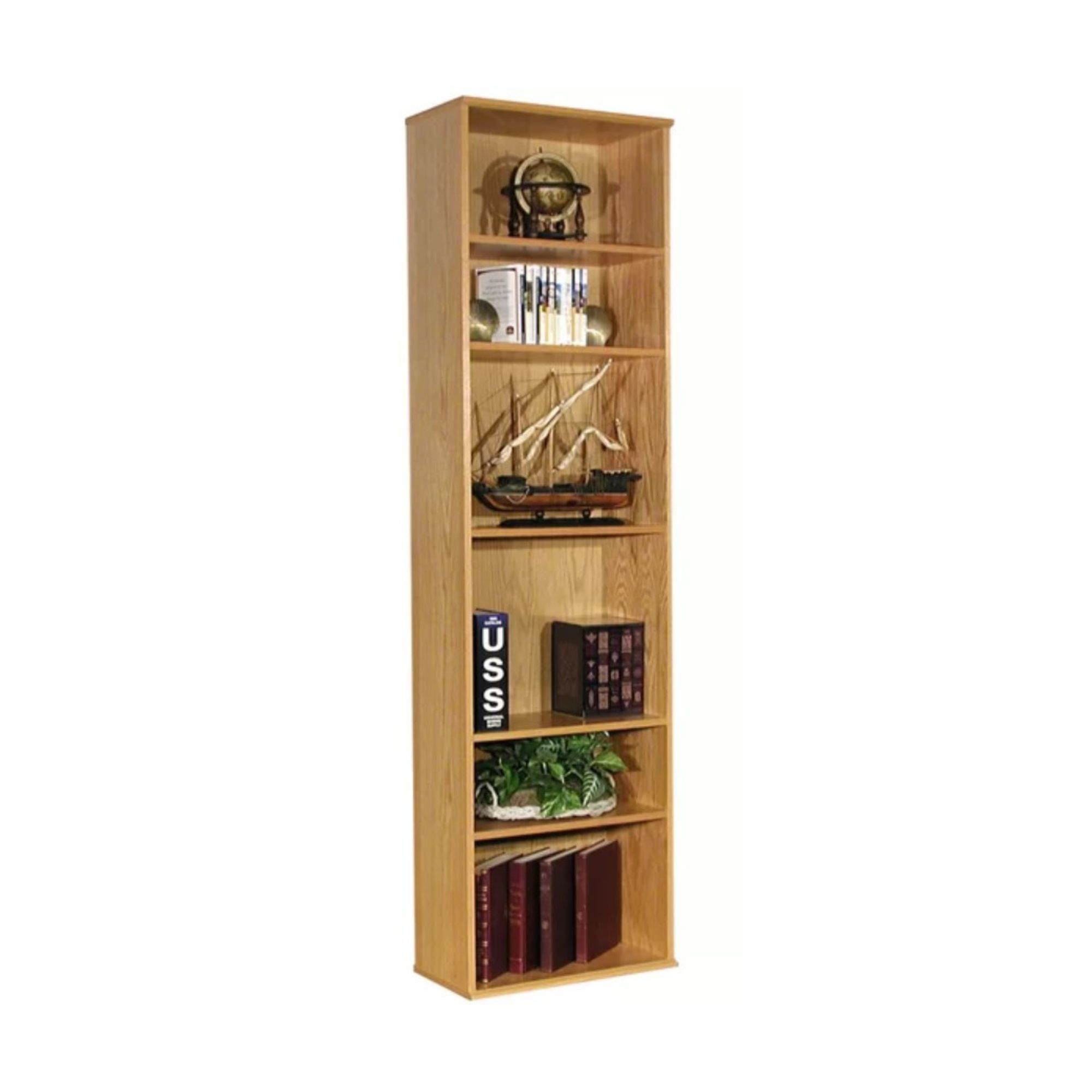
Size (in.): H85.5 x W24 x D12
Made from: Wood
Price: $419.99
Whether you use this for books or to store your shoes, this is a great, versatile piece to bring in.
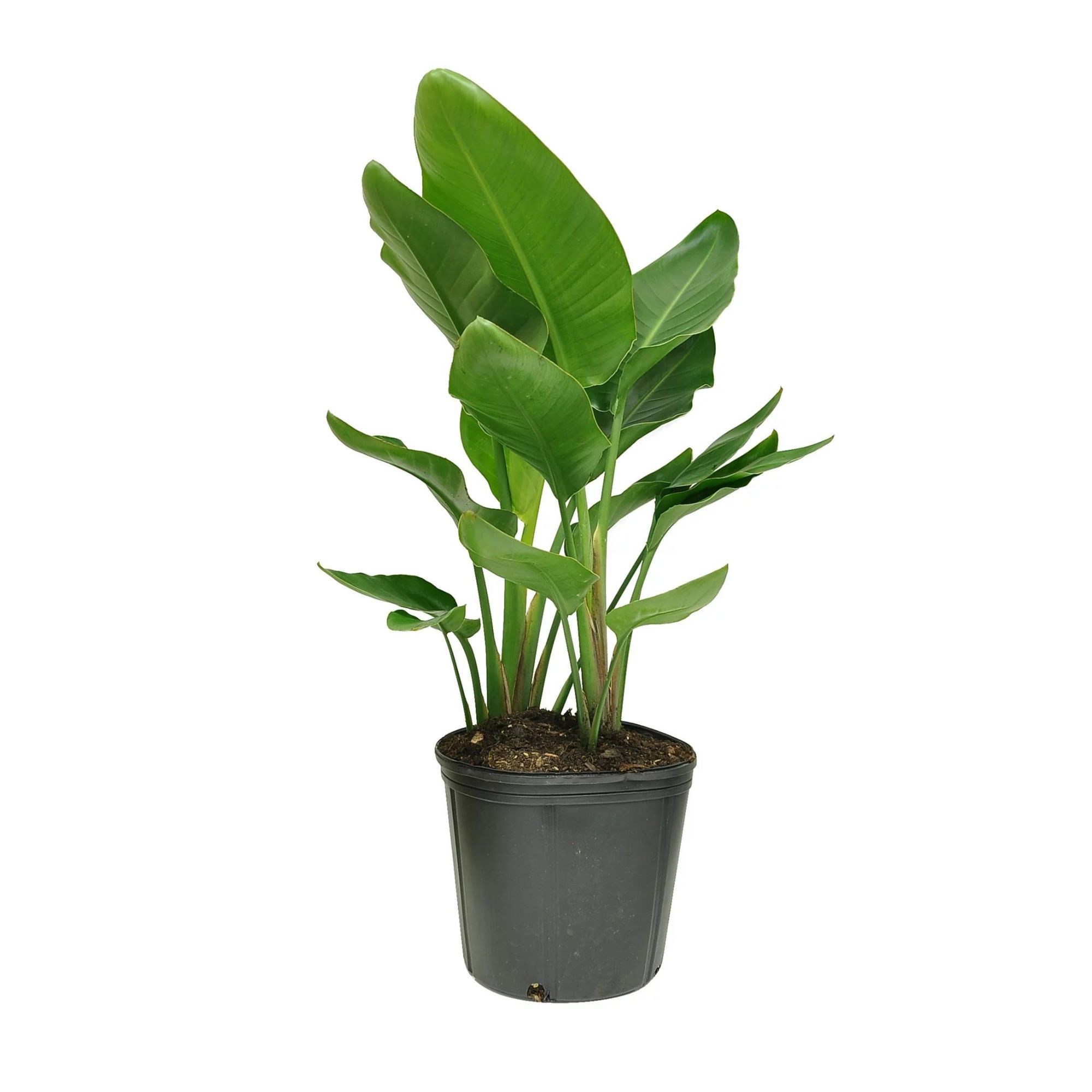
Size (in.): H36
Made from: Natural materials
Price: $28.50
Give any room a tropical vibe by adding this plant, which will grow white flowers.
3. Moody hues
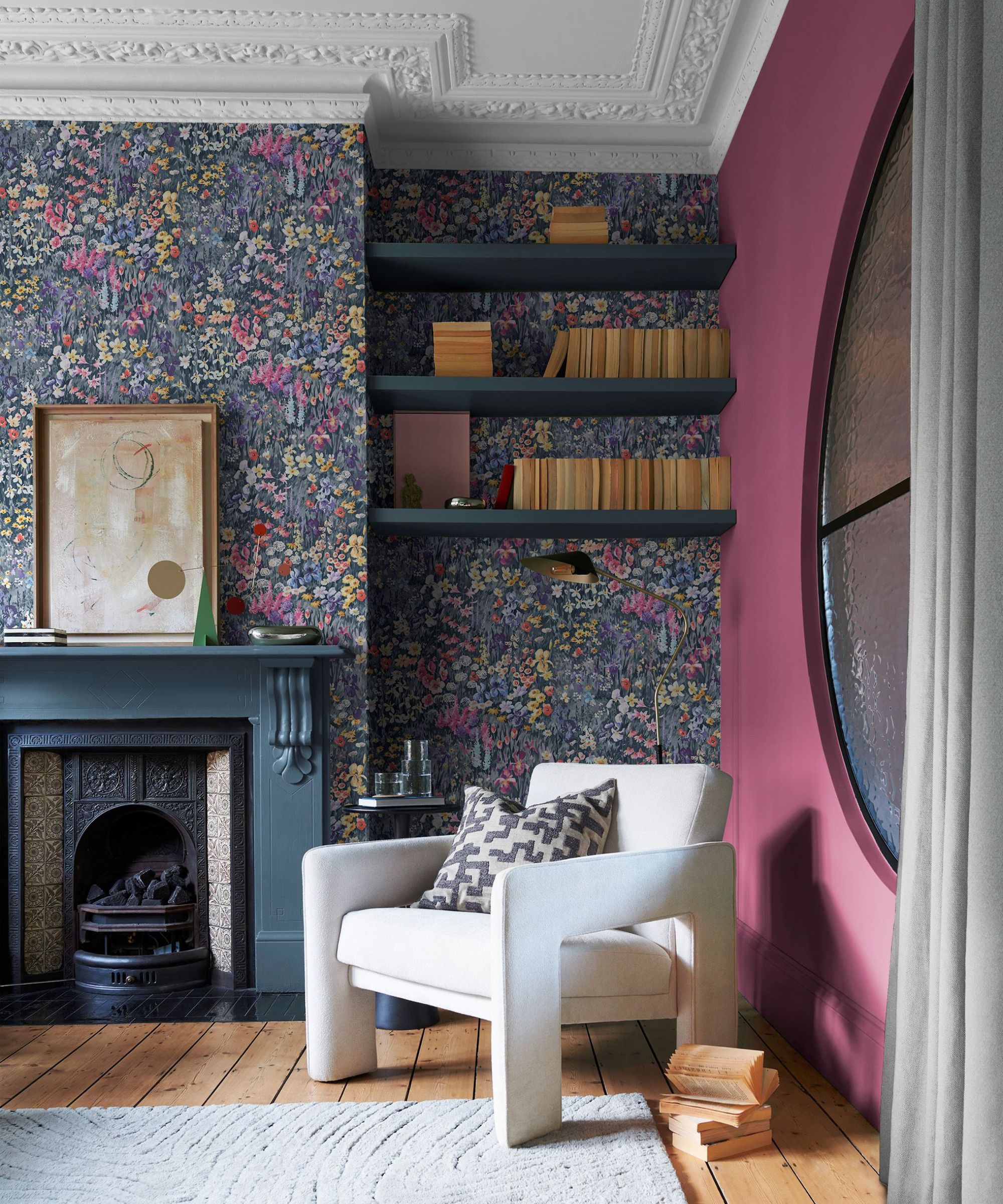
We’ve seen moody paint colors come back in a big way, from cozy bedrooms to living rooms with dark academia decor vibes.
“The Pantone color of the year 2024, peach fuzz is a nod to nature, but the true winners in the color popularity contest are dark blues, browns, greens, burgundies and even various shades of black,” Kim explains.
These statement colors will grace countless walls of bedrooms, dining rooms and library/home office combos. Moody hues also are some of the best colors for south-facing rooms.
“The darker the better will be the motto and they will be so loved that they'll be found on cabinets and even ceilings in various glossy and lacquered finishes,” she predicts.

Shape: Square
Made from: Paper
Price: $2
Jewel tones like emerald green will add serious depth to your small space.

Shape: Square
Made from: Paper
Price: $2
Go for the dark academia look with this rich shade, which you can add to all your walls or just one as a statement. It's also a great alternative to the outdated paint colors designers loathe.

Shape: Square
Made from: Paper
Price: $2.50
Navy blue isn't quite as harsh as black, and it can be used everywhere from the bathroom to the bedroom. Or, if you want something lighter, the chalky blue trend is worth exploring.
4. More extensions
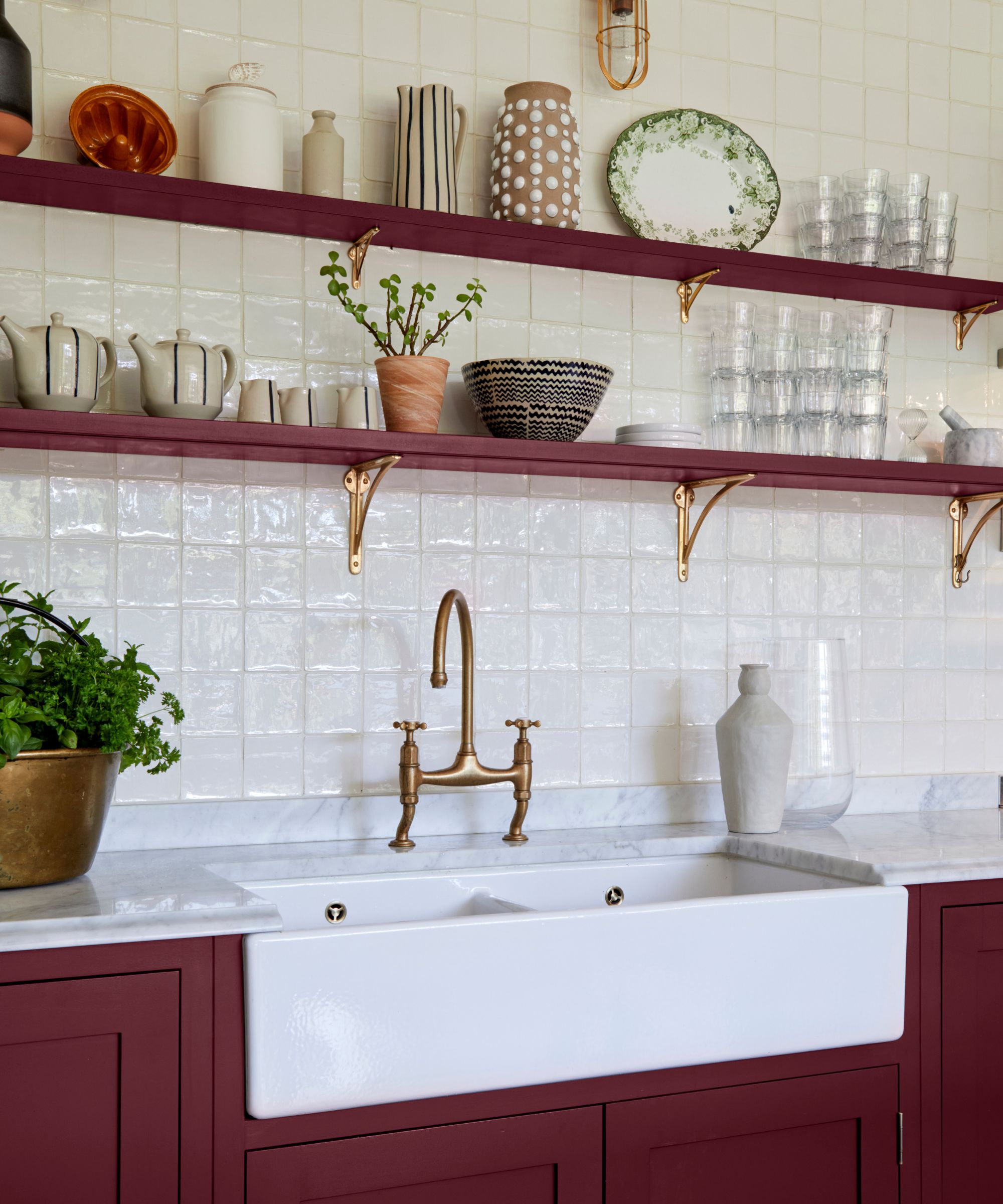
No, we aren’t talking about hair — we’re talking about taking your space to the next level by adding more space.
Kim explains, “More and more homeowners have found the true secret to flawless entertaining by adding features such as a secondary or back kitchen/butler's pantry.”
If you own your home, and have the budget for an extension or remodeling, Kim says having a working kitchen can house appliances such as the best dishwashers, a large sink (for dirty dishes, of course), a secondary refrigerator, a bread warmer, a coffee station, and a wine fridge.
“The best part? Your guests will only see your primary kitchen looking picture perfect," she adds.
You’ll also be able to add small kitchen storage ideas into these too.
5. The color greige

For those who love minimalist designs, you’re going to love the color greige. The name doesn’t roll off the tongue, but the shade itself is stunning.
“I’m using a lot of the tone called ‘greige,’ which is a neutral hue between gray and beige,” explains Adriana Hoyos, interior designer and founder of ADRIANA HOYOS.

Adriana Hoyos is a global leader in furniture and interior design, celebrating 30 years of excellence since launching her eponymous brand, ADRIANA HOYOS Furnishings, in 1994. The brand has since become an industry leader in the high-end residential and hospitality design market. Hoyos is also the founder of ADRIANA HOYOS Design Studio, which focuses on offering design services to clients around the world.
She explains, “I like this color because it’s warmer and seasonless.”
It’s also one of the best small space colors, as it will make any space appear lighter and airier. If you want to try it, this Greige 01 Paint Sample from Lick is a gorgeous color.
6. Curated personal pieces
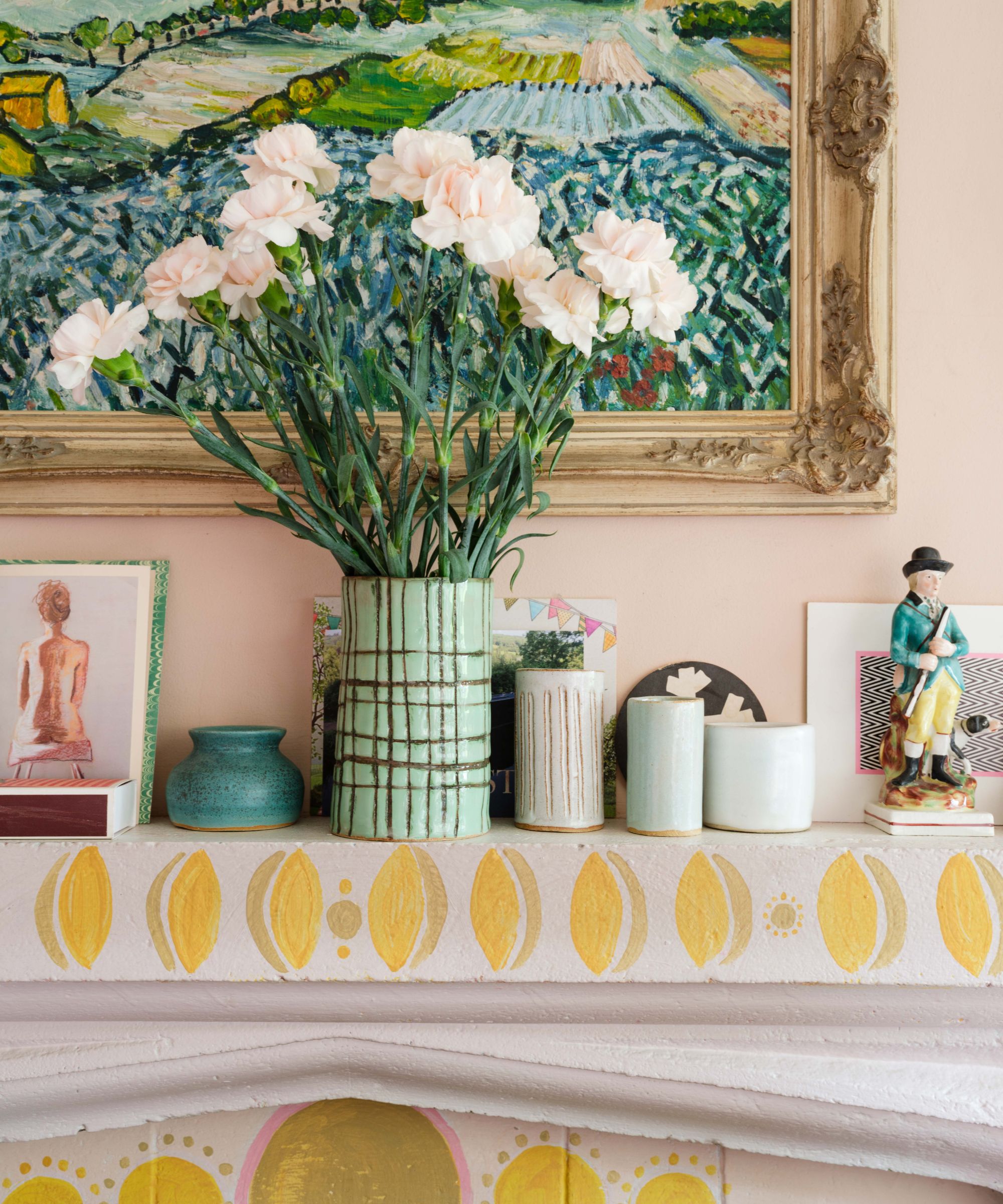
We always recommend bringing your personality into your home, but in 2025 it’s a huge trend to bring it in as much as possible.
Heather suggests, “Embrace the trend of curated personal spaces by incorporating vintage and thrifted pieces into your home decor. Whether it's a well-worn leather chair, a vintage map, or a collection of eclectic frames, these carefully chosen pieces come together to create a space that is distinctly yours,” she adds.
Say goodbye to cookie-cutter designs and hello to a home that truly reflects the essence of who you are. This is also key when bringing in 2000s interior design trends and Bridgerton design.
7. Affordable luxury
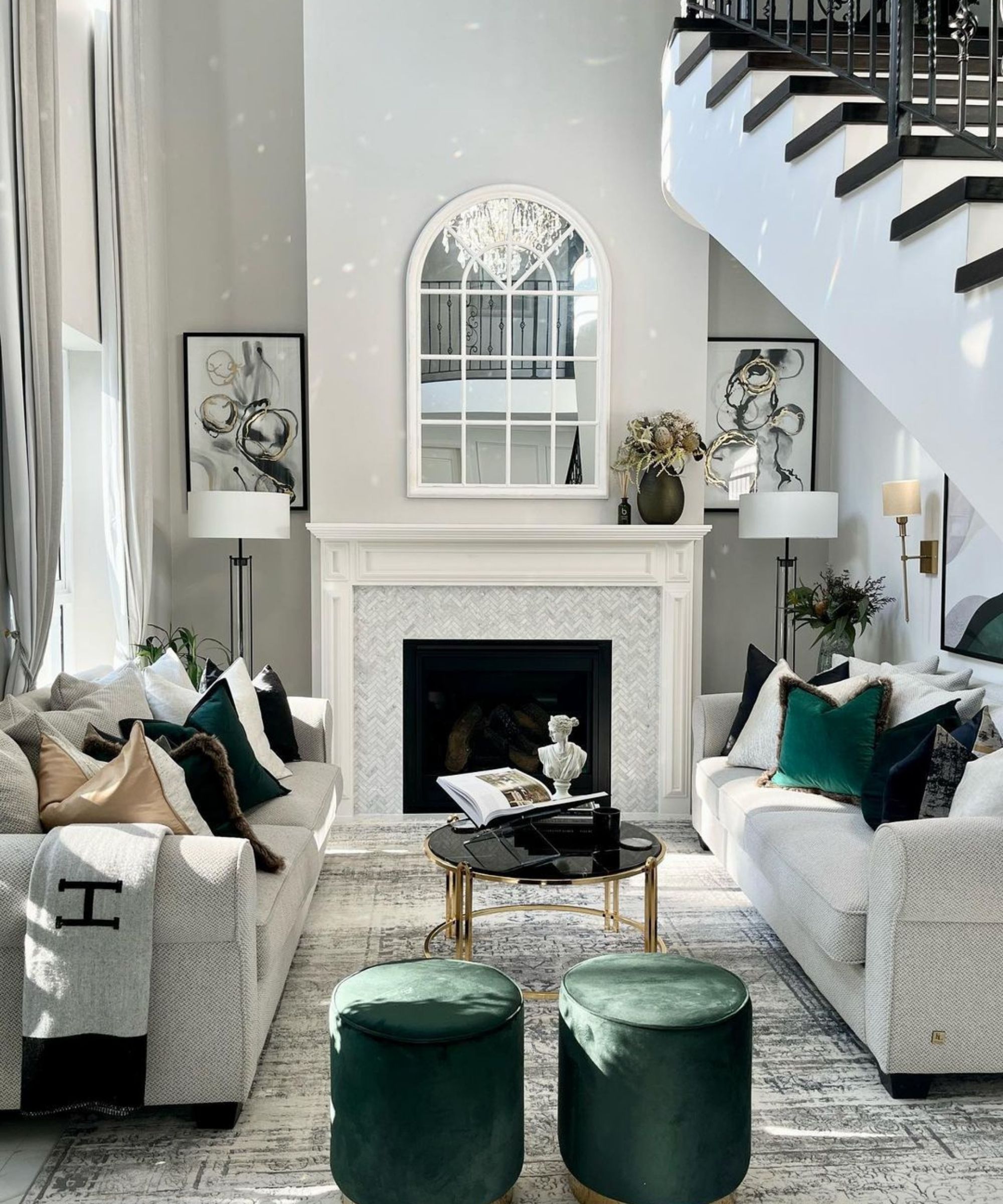
We saw the quiet luxury design trend make waves in 2023, but you don’t need to splash out loads to make your small space appear luxe.
While you can do this by shopping for newer pieces (for example, we have our eyes on this Etta Avenue Marjorie Chandelier from Wayfair), we also advise shopping around for top-tier quality pieces at lower prices.
“Estate sales, online markets, and thrifting allow you to indulge in the opulence of unique, high-quality pieces without breaking the bank,” Heather says.
From vintage chandeliers (they're big lighting trends) to intricately designed furniture, Heather says the allure of affordable luxury lies in the thrill of finding treasures that add a sense of richness to your home, proving that style and elegance are within reach for every budget.
8. Hypertexturality
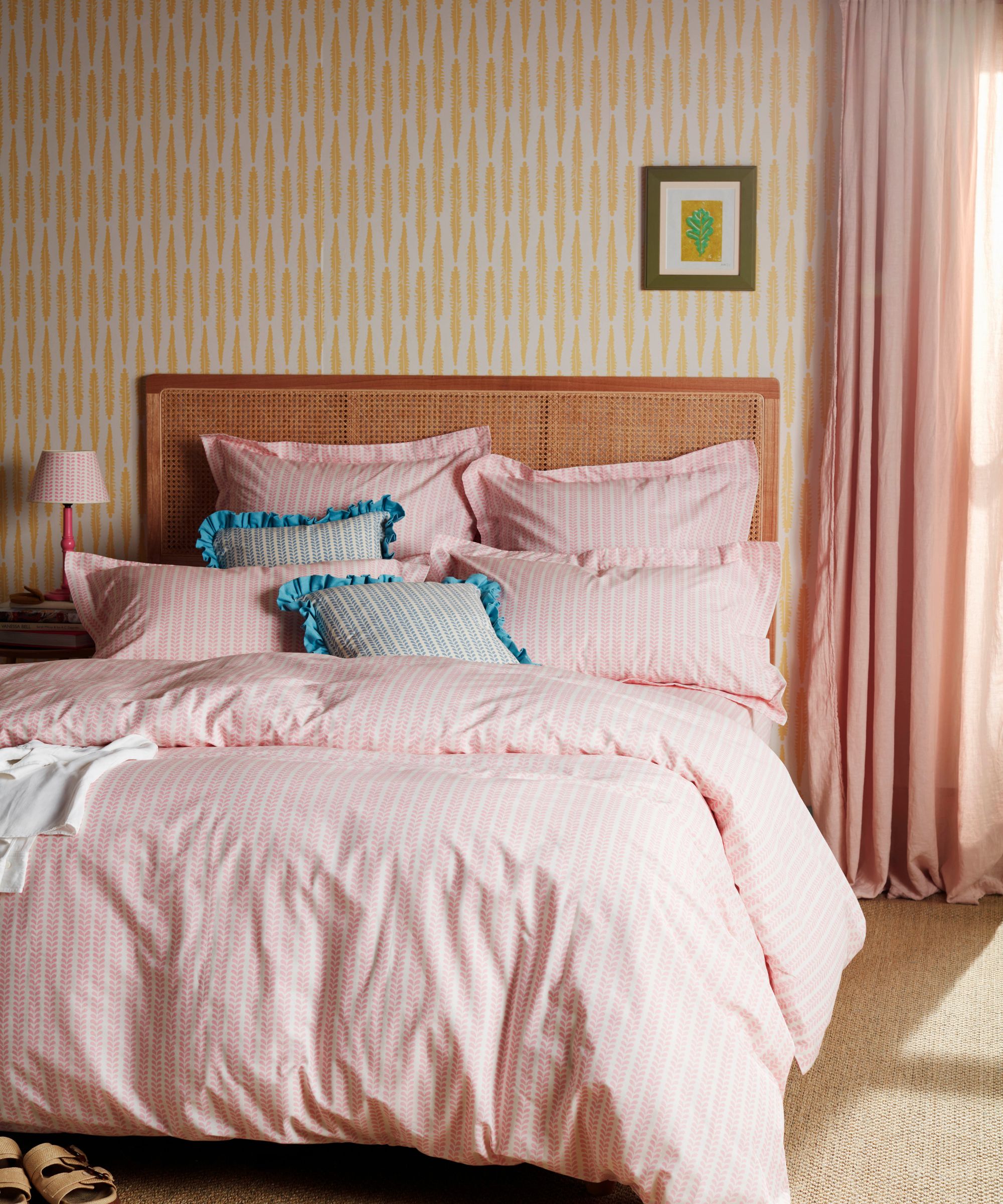
We have to admit we’re major tactile shoppers, so we love the fact textures are everywhere in 2025.
Adriana explains, “With hypertextuality, there is a lot of focus on the tactile experience and the importance of designing spaces that emphasize touch and encourage interaction.”
She says this is achieved through a design that incorporates a variety of materials and textures.
You can quickly do this by draping throw pillows (how cute are these MIULEE Throw Pillow Covers from Amazon?) and blankets onto your couch and bed to add cozy chicness.
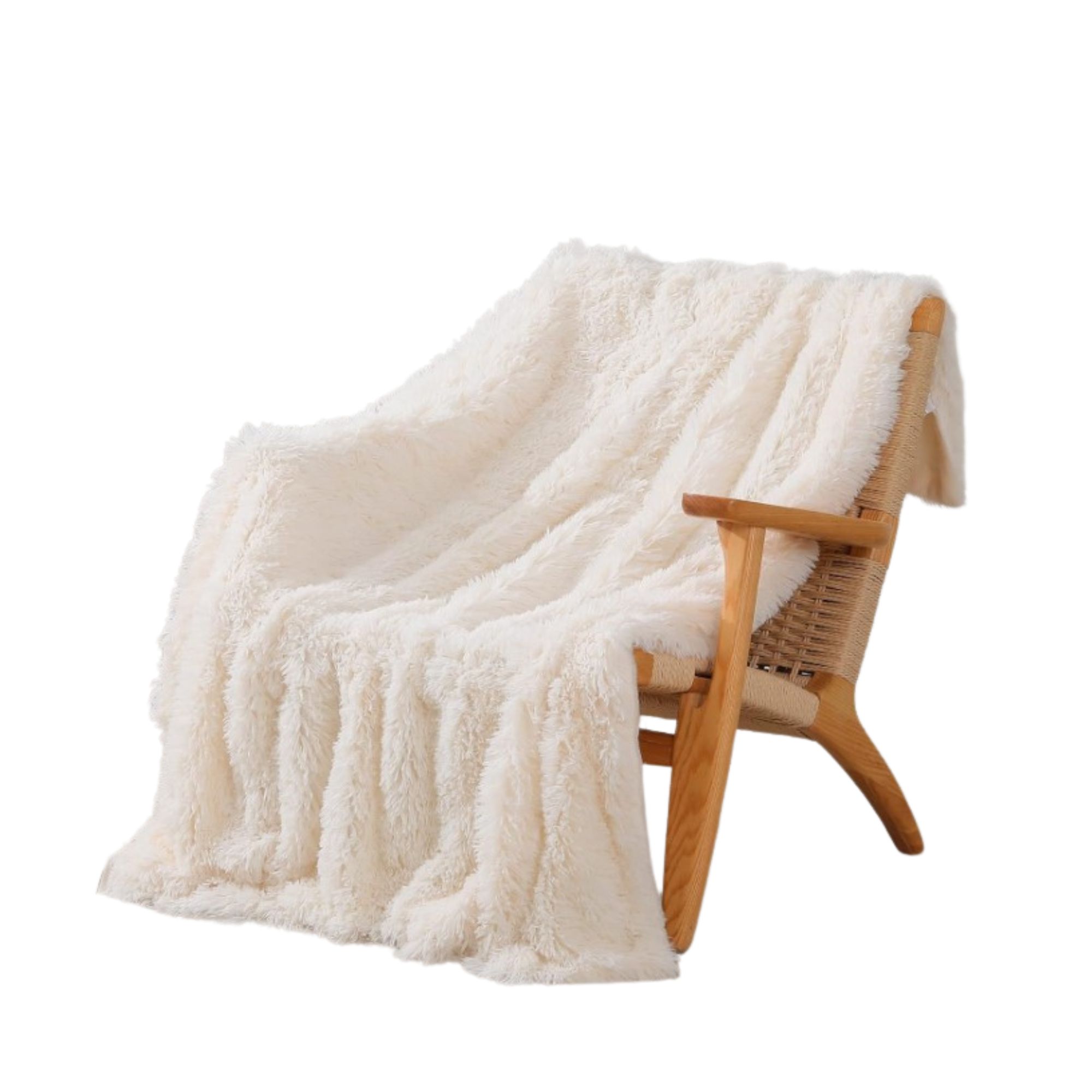
Size (in.): W50 x L60
Made from: Faux fur
Price: $13.99
We're ready to snuggle up with this soft blanket, which has over 26,000 five-star ratings.

Size (in.): W18 x L18
Made from: Polyester
Price: $20
Did somebody call for Bridgerton style? This is giving elegant, Parisian realness.
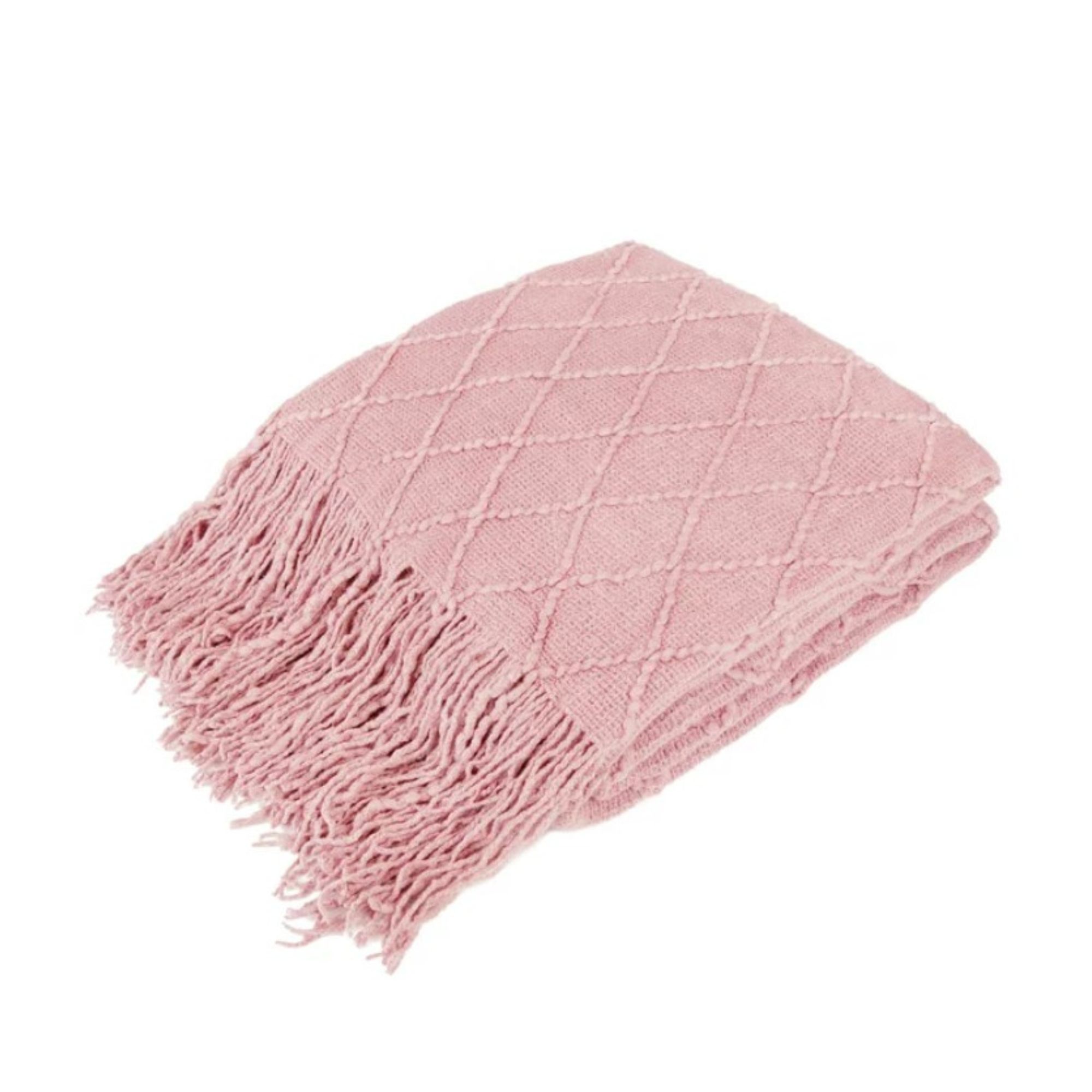
Size (in.): W50 x L60
Made from: Acrylic
Price: $19.99
Transform plain white bedding with this dreamy, pretty pink blanket.
9. Organic forms
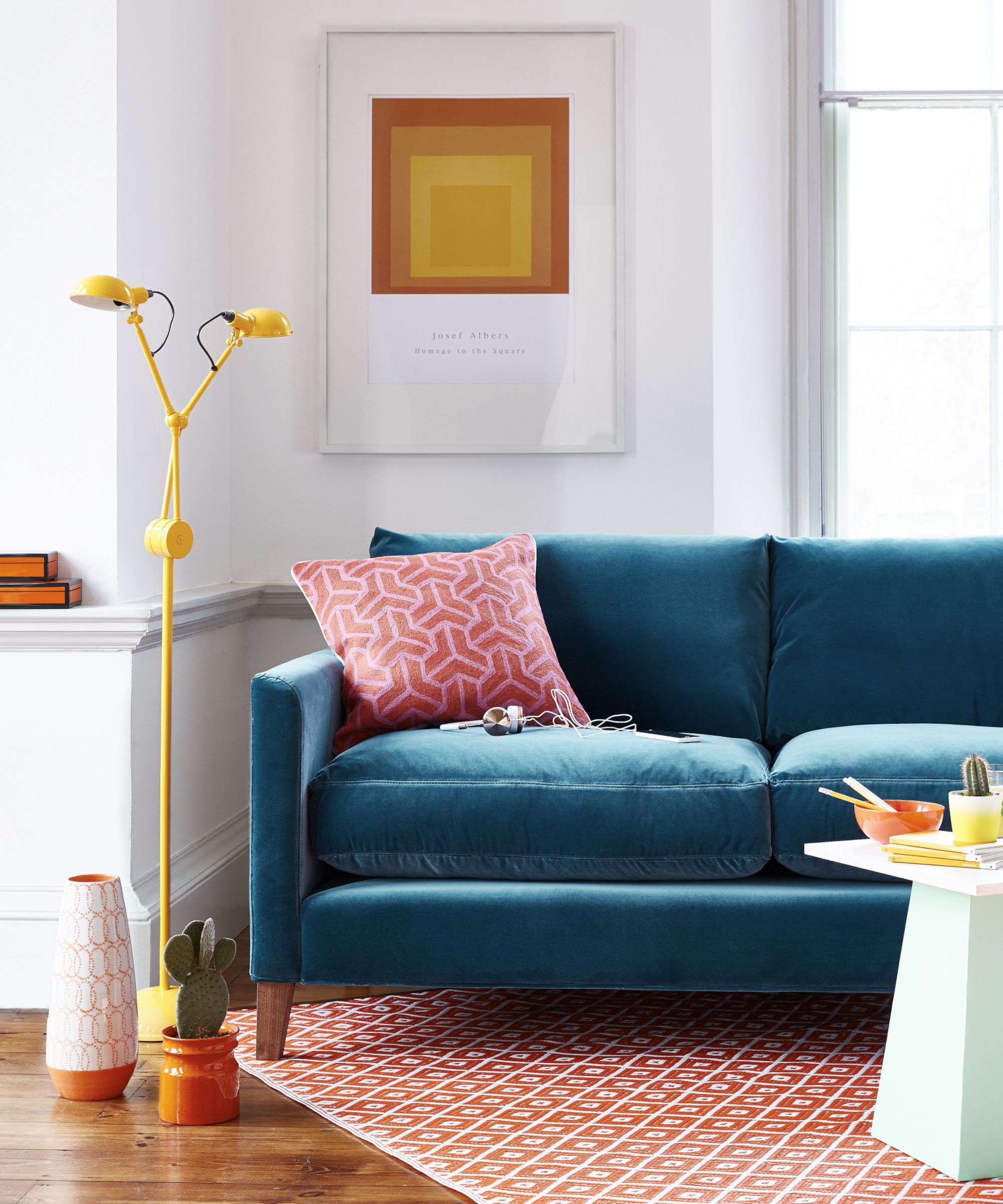
Getting creative with furniture shapes is another way to bring personality and character into your space — and organic forms are big for living room trends this year.
Adriana explains, “They are linked to this idea of balance and connection with nature and bring a sense of fluidity and comfort to a design.”
“We’ve adopted organic forms in our latest collections and interior design projects,” she adds.
We're eyeing this Etta Avenue Hendrix Set from Wayfair to bring this into our homes in the most aesthetic way possible.
10. Mixing and matching
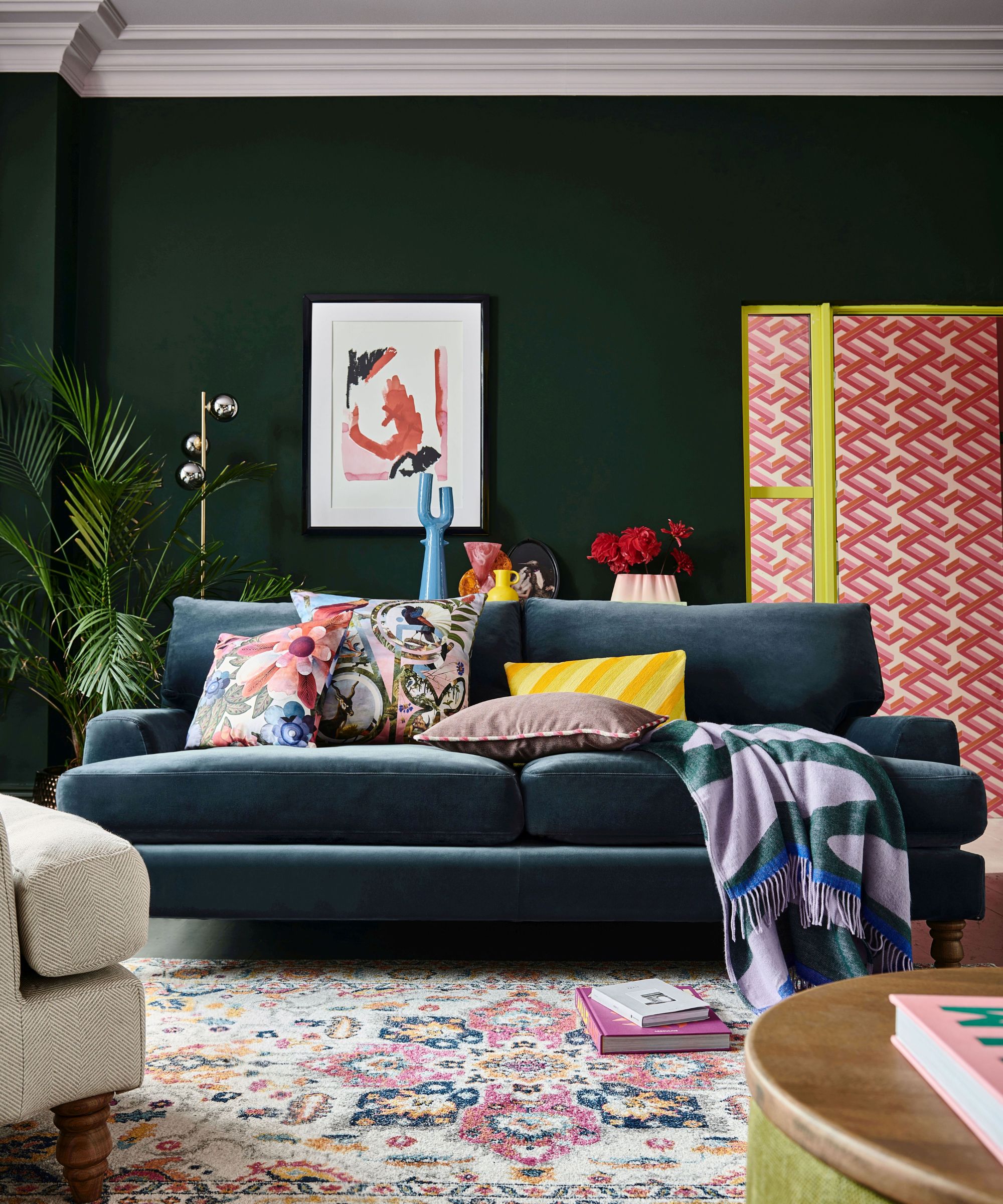
We’re officially waving goodbye to bland cookie-cutter interiors and saying hello to throwing everything beautiful into our homes.
Kim explains, “For example, wallpaper will show up in unexpected places, such as bookshelves, bar areas, and even closets.”
She also says mixed metals will be everywhere. “Think of the hardware in your home like the jewelry you wear daily — when it's a few of your favorite pieces, it tells a beautiful story without feeling so designed.”
Don’t be afraid to try out different combos, as you may surprise yourself with how beautiful they end up coming out.
While it's always useful to use interior design trends as a steer for decorating, ultimately so long as you're in love with your home's style, this is the most important thing.
Now you know what designs are trending this year, you might also find it useful to know the outdated home decor trends to steer clear of.

Hi there! I’m the former content editor at Real Homes and I'm now a freelance journalist.. I've been a lifestyle journalist for over five years, previously working as an editor across regional magazines. Before this, I graduated from Nottingham Trent University a degree in journalism, along with an NCTJ gold diploma. For Real Homes, I specialized in interior design, trends and finding the best viral buys.